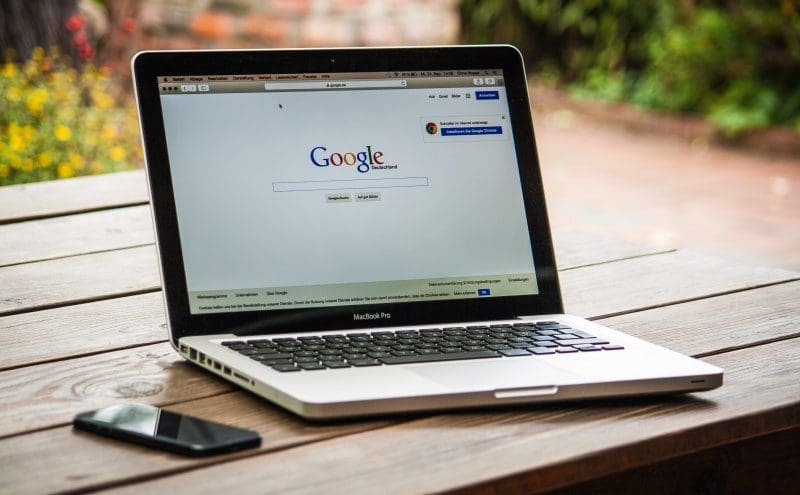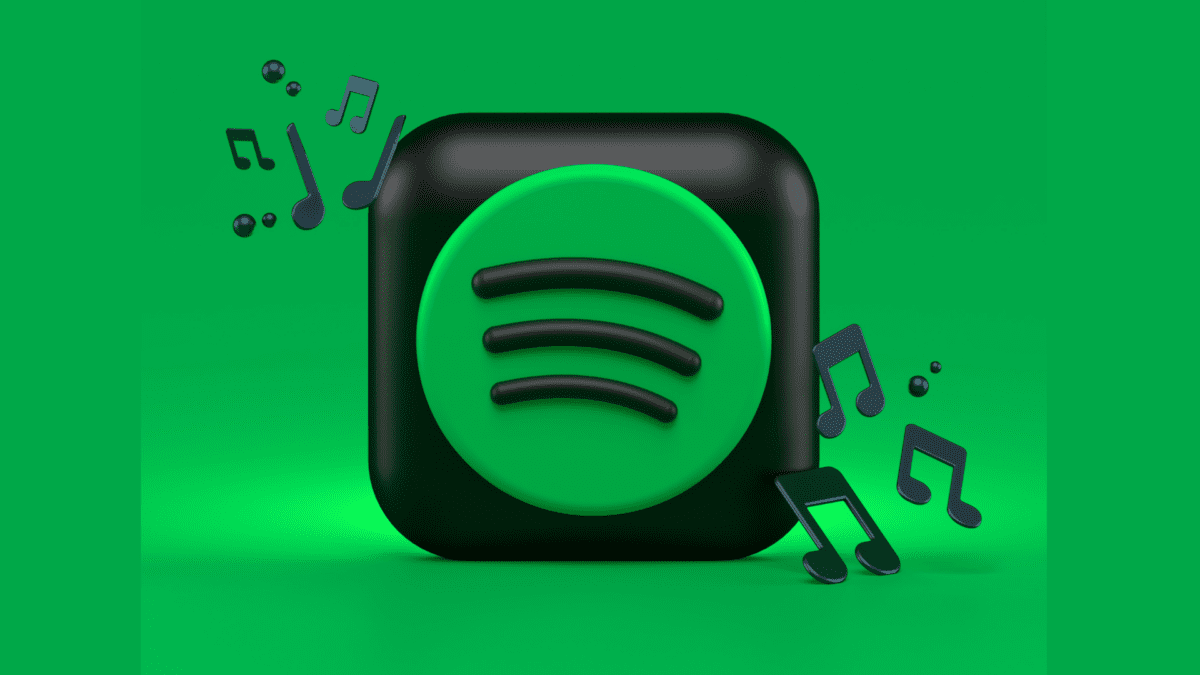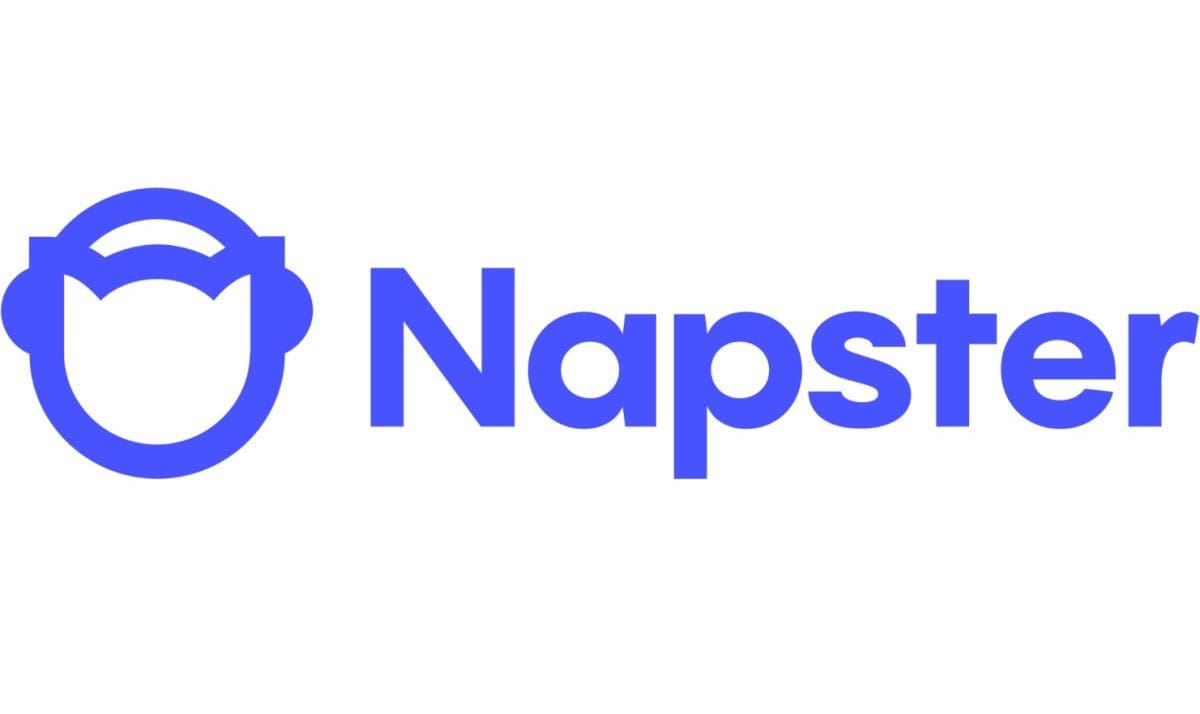
The digital age has opened up a whole new world of possibilities, including the groundbreaking ability to stream music online using various platforms. Historically, one of the most popular of these platforms was Google Play Music. While now retired, the innovative service was an important player whose legacy still reverberates today. In this Google Play Music review, we’ll take an in-depth look at the platform, discussing its history, features, and how it compares to other music streaming services. We’ll also examine what happened to Google Play Music and the services that replaced it.
What Is Google?

We are all very familiar with Google. You probably used their search engine to find this page! Google is an American multinational company that specialises in search engines, computer software, artificial intelligence and consumer electronics, among other things.
It was set up in 1998 by Larry Page and Sergey Brin, PhD students at Stanford University. They started the site as a research project to change how search engines ranked results.
Instead of ranking websites according to how often the search terms showed on the page, they instead analysed the relationships between websites, looking at the number and importance of pages that linked back to the original site.
The approach revolutionised search engine algorithms, which remain the basis of how Google works today.
Google has since expanded to offer other services, such as web-based offerings like Google Maps, Gmail, Google Docs, Google Workspace, and its own browser, Google Chrome. Additionally, Google also developed Android, a mobile operating system, and a related range of consumer electronics, such as smartphones and televisions.

The current CEO of Google is Sundar Pichai. He has led the company since 2015 and is currently the USA’s highest-paid CEO, making $226 million last year alone!
What Was Google Play Music?
Google Play Music was a music streaming service and online music locker. Unlike Spotify, which provides access to a vast music library, Google Play Music was more like a cloud service upon which users could store and stream up to 50,000 songs in their personal music library for free. This meant that users had access to their entire music library, regardless of where they were. Like iTunes, you could upload your CDs onto the Google Play Music app to listen anywhere, anytime, without needing the physical disc.
Additionally, the Google music player allowed users to share their music with up to five others, allowing them to listen to each other’s music libraries. Finally, the app also offered an ad-free experience, allowing users to listen to their music uninterrupted.
The History of Google Play Music
Google Play Music was first introduced in 2011 as a beta service for users to upload and store their music library on the cloud and stream it on various devices. In 2013, Google launched a subscription-based music streaming service that allowed users to access millions of songs from the Google Play Store. Google Play Music also had an All Access feature, which gave users unlimited access to the entire music library without any ads.
Over the years, it underwent various changes and updates, including integrating YouTube Music. However, in 2018, Google announced it would discontinue Google Play Music and transition its users to YouTube Music.
Features of Google Play Music

Google Play Music had several features that made it a popular music streaming platform, including:
Music Library
One of the most significant features of Google Play Music was the music library. Users could upload their library to the cloud and stream it on various devices. The service also let users purchase millions of songs from the Google Play Store, making it easy to discover new music.
Playlists and Radio Stations
Google Play Music had a feature called curated playlists, which experts created based on different genres, moods, and activities. Additionally, users could listen to curated radio stations of songs in their collection and similar music that the Google Play Music algorithm thought would appeal based on their listening history.
With the free account, these radio stations had video and banner adverts, and users could only skip six songs per hour.
Offline Listening
Another great feature of Google Play Music was offline listening. Users could download songs and playlists to their devices and listen to them without an internet connection.
Customising Your Experience
With Google Play Music, users could customise their listening experience by creating playlists, adding songs to their library, and downloading music for offline listening. The platform also had a Thumbs Up/Down feature, allowing users to rate songs they liked or disliked.
Google Play Music and Voice Commands
Google Play Music worked seamlessly with Google Assistant, letting users control their music using voice commands:
“Hey Google, Play Music”: Users could ask Google Assistant to play music using voice commands such as “Hey Google, play music by Adele” or “Hey Google, play my workout playlist”.
Other Voice Commands: Several other voice commands could be used to control Google Play Music, including “Hey Google, skip this song”, “Hey Google, pause music”, and “Hey Google, turn up the volume”.
Standard Vs Premium Accounts
The app had a standard account, which was free, and a paid premium subscription. With the standard version, users could save 50,000 files and listen to files through the app or web page.
The premium account was a paid subscription service, giving access to more of Google Play Music’s services. With the paid subscription, users could select tracks from Google Play Music’s archive of 40 million songs and also play music offline on the app. There were also no advertisements or limits on how many times you could skip a song. Furthermore, premium subscribers from certain countries could also access YouTube Premium, while new users could take advantage of a 30-day free premium subscription trial.
Google Play Music Download and Access

Downloading and using Google Play Music was a quick and easy task. If you had a compatible device, such as an Android smartphone, and wanted to play music, Google had you covered! On such a device, users would just need to visit the Google Play Store and search for the app before downloading it to their device.
After downloading the app, users would need to sign in with a Google account before accessing or starting a subscription.
Once signed in, users would have access to the app’s features, including browsing and streaming from the library. To download music for offline listening, it was a simple matter of finding the song or album you wanted to download and clicking on the “Download” button.
What Happened to Google Play Music?
In 2018, Google announced that they were planning to discontinue Google Play Music. Users were given the option to transfer their music library and playlists to YouTube Music or lose access to them.
In 2020, the shutdown began. Google started to delete all data and disabled the music store before completing the shutdown in December 2020. Despite some initial backlash, many users have made the transition to YouTube Music and are enjoying its features.
Why Did Google Play Music Shut Down?
There are various reasons why Google decided to shut down Google Play Music and migrate to YouTube Music. When both services were running, they had a combined subscriber base of 20 million – considerably less than some other streaming services. For example, Spotify has 113 million subscribers, while Apple Music has 60 million.
The two services were not performing well compared to the competition, so running both didn’t make sense. The logical decision was to put all efforts into increasing the subscriber base of one platform.
By migrating all users to YouTube Music, Google managed to keep much of its existing subscriber base.
They amped up marketing efforts, releasing new features for free and paid users to attract more subscribers to their service. One such new feature was their expanded playlist capacity. Previously a playlist on YouTube Music could only contain 1,000 songs. However, the upgrade increased this capacity to 5,000 songs. Furthermore, they expanded the number of songs you could store in your library from 50,000 songs to 100,000.
They also applied the sophisticated Google algorithm to YouTube Music, making searching for songs and finding what you were looking for easier. By 2021, YouTube Music had increased its market share to 50 million subscribers.
What Is YouTube Music?

After discontinuing Google Play Music, Google allowed users to move their data to YouTube Music, released in 2015 as a streaming service for songs and videos.
The app was updated in a comprehensive 2018 upgrade, while a desktop player was also released, and Google’s artificial intelligence was used to improve its search mechanism. This allowed users to search based on lyrics and descriptions instead of just song names.
It also became a separate subscription to YouTube Premium, establishing YouTube Music as a competitor to other streaming services like Spotify and distancing it from the video-based services of Youtube.com. However, a subscription to Youtube Premium still allows you access to all YouTube Music services.
Google has continued to improve the user experience of YouTube Music with a number of features. The app has personalised home screens featuring recommendations based on a user’s listening history. There’s also a “Your Mixtape” feature, which creates a personalised playlist of songs based on the user’s listening habits. Additionally, the app has a “New Release Radio” feature, presenting users with a personalised selection of new songs.
Google has integrated YouTube Music into its other products, such as Google Home, so that users can access their library through voice commands. Furthermore, the app can be used in the background of other apps, allowing users to listen to their music while multitasking. Finally, the app is now available in over 60 countries, giving users around the world access to the streaming service.
YouTube Music Alternatives
YouTube Music is a popular music streaming platform that offers a vast library of songs and videos. However, if you’re still on the hunt for your new favourite streaming platform, there are several options available:
Spotify: Spotify is one of the most popular music streaming platforms, with a library of over 80 million songs and podcasts. It offers a free version with ads and a premium version with additional features.
Apple Music: Apple Music is another popular music streaming platform with a mammoth library of over 100 million songs and playlists. It has wide-ranging exclusive content and live radio stations.
Tidal: Tidal is a high-quality music streaming platform that offers lossless audio quality and exclusive content from top artists. It provides a free trial and a premium subscription option.
Deezer: Deezer is a music streaming platform with a varied library of songs and podcasts. It also offers personalised recommendations and a free version with ads.
Amazon Music: Amazon Music is a music streaming platform that offers a huge library of over 100 million songs and playlists. It has a good selection of exclusive content and live radio stations and is available for free with ads and as a premium subscription.
Several alternatives to YouTube Music offer excellent song libraries, podcasts, and exclusive content. However, each platform has unique features and pricing options, so it’s essential to research the options and choose the one that best suits your needs.
Conclusion

Google Play Music was a popular streaming service that allowed users to store and stream their music library, as well as access millions of songs from the Google Play Store. Despite being discontinued in 2020, it still has many loyal fans who miss its features. However, with the transition to YouTube Music and the availability of other music streaming services, users have several capable alternatives to choose from.










